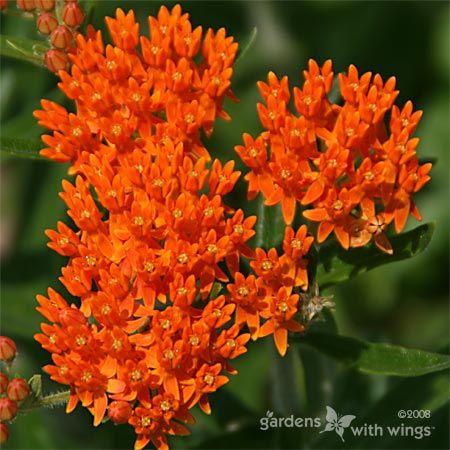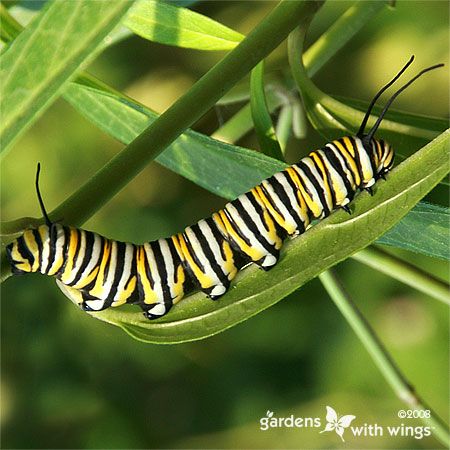by Regina Cutter Edwards – Entomologist
Milkweed plants are beautiful and magnificent in the eye of the beholder. And, who is it that admires these lovely jewels of nature? They are pollinators of all kinds including bees, butterflies, wasps, ants, and occasionally moths. Pollinators usually visit the flowers for the sweet nectar and in exchange they deliver “packets” of pollen to other flowers. We humans also admire milkweeds and believe they are one-of-a-kind plants that deserve special recognition for their outstanding beauty and everyday importance.
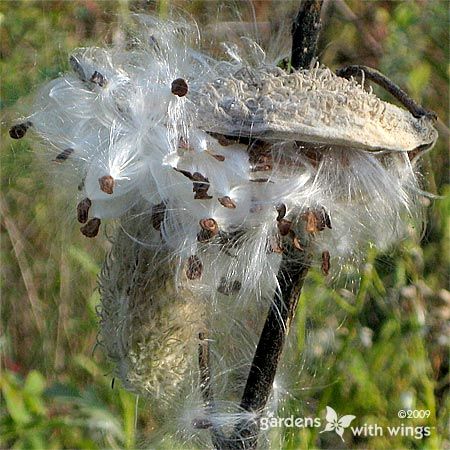
Botanical Values
In 1753, Carolus Linnaeus described the genus Asclepias, the Milkweeds. The plants were known to have medicinal value. Naming them after the Greek god of healing, Asclepius, seemed perfect for this botanical beauty.
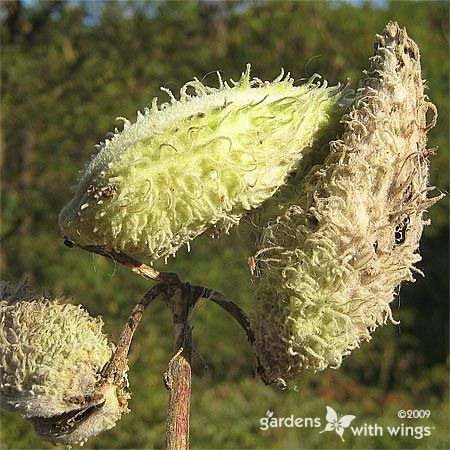
Milkweed has been used as a relief in coughing and pain, as well as an expectorant. It has been said to dissolve warts, increase perspiration, and treat bites of insects and snakes. There are many reports that Milkweed was used as a folk remedy for fever, cancer, asthma, gallstones, birth control, moles, tumors, sores, pleurisy, laxatives, and ringworms to name a few.
The values of Milkweed do not end with medicinal properties.
Is it OK to Eat Milkweed?
When properly prepared, many parts of the Milkweed plant are edible. The young spring shoots are often eaten in place of asparagus. The roots of some, as well as buds, flowers, and pods can also be eaten. Milkweeds do contain cardenolides, heart poisons, in their tissues. If the plant is improperly prepared or too much is consumed, an upset stomach can occur. In livestock animals such as sheep, cows, horses, etc., eating Milkweed can be fatal.
Milkweeds Used in Life Saving Devices.
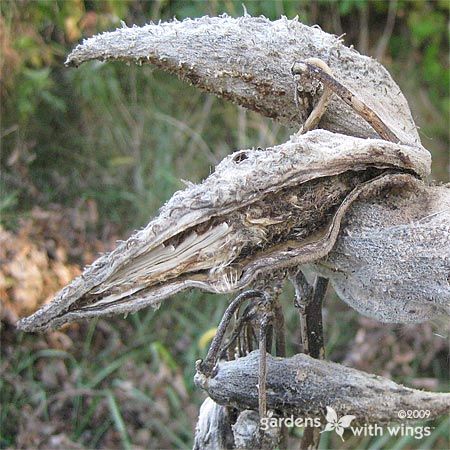
In World War II, Milkweed pods were collected extensively so that floss, filaments inside the pods, could be used in floatation devices to replace kapok. Kapok is fiber from a Kapok Tree seed pod. The floss in Milkweed pods is waxy, a good insulator, buoyant, and repels water. In the 1940s, many schools and families spent hours walking the roads and fields for Milkweed pods to sell to the U.S. Military.
Pollination Fascination, Bringing Milkweed to Life
The life cycle of the Milkweed is a unique process that has been perfected through nature.
In the summer, there are beautiful clusters of colorful flowers with a fragrance that fills the air. It is amazing to imagine what these plants go through to show their colors today. Milkweeds have a fascinating life cycle that is unique from many plants.
Milkweed Seeds
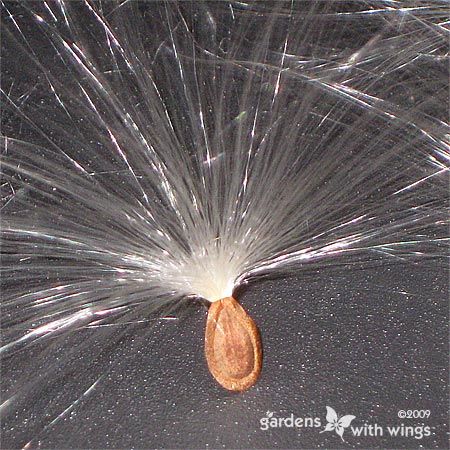
Beginning with the seeds, imagine 150-630 seeds crammed into a 2-4 inch pod that matures in the fall. The flat seeds have long filaments or floss attached to them that are adapted for wind dispersal. In the fall, the pods open and the seeds drift with the wind to a new place to sprout. The seeds are also adapted for water dispersal; their floss has a waxy coating that enables them to float. This is a great adaptation in the event they fall into water or are washed away by rains.
Milkweed Flowers
The plants begin to grow in early spring and as they flower, nectar is produced in abundance. The high amounts of nectar create a medium for germination of pollen. The nectar is also an attractant for pollinators.
Milkweeds have a specialized way of transferring pollen to the next plant. Instead of the pollinator picking up a few grains of pollen, they pick up a pollen sac called pollinia. These pollen sacks get stuck on the pollinator’s legs and are deposited onto another Milkweed flower. Occasionally, the pollinator will get stuck themselves and die on the Milkweed flowers. Milkweed plants must be cross pollinated with genetically different plants in order to produce viable seeds.
Once plants are mature, only 2% of them will bear pods. When they do, 4-6 pods can be produced on a single plant. To increase plant distribution, Milkweeds have rhizomes. Rhizomes are underground roots systems that produce smaller roots and shoots that become a genetically identical plant. This is the reason many plants can be seen grouped together.
The life cycle for the Milkweed is complete but there is another circle of life that revolves around the Milkweed. It is the Monarch butterfly. This butterfly is not only a great pollinator of Milkweeds but it utilizes the Milkweed as its only host plant. The Monarch uses the plants defenses as its own by storing the cardenolides in its body while feeding to prevent becoming a snack for other animals. If it wasn’t for Milkweeds, we would not have Monarch butterflies to enjoy in our gardens.
Bring Milkweeds Home
Unfortunately over time, these wonderful plants have been decreasing in numbers throughout North America. This has been attributed to increased human development. Many of the natural habitats where Milkweed originally grew are slowly disappearing. To help offset this imbalance, more Milkweeds should be planted in gardens, roadsides, fields, and wherever there is room. They are a wonderful and showy addition to any landscaping.
Photo Credit: Jim Edwards and Regina Cutter Edwards
References:
North American Plant Protection Organization. 2003 June. Grains panel pest fact sheet – Asclepias syriaca L. Accessed 2008 Aug 29.
Plants For A Future. 1996-2008. The milkweeds. Accessed 2008 Aug 29.
US Forest Service. 2008 Aug 29. Species: Asclepias speciosa. Accessed 2008 Aug 30.
University of Minnesota, Department of Fisheries, Wildlife and Conservation Biology. 2003-2008. Interactions with milkweeds. Accessed 2008 Aug 29.
You May Also Be Interested In:
- Here are a few of the many varieties of Milkweed to consider in your ‘Gardens With Wings’: Common Milkweed, Swamp Milkweed, Butterfly Milkweed.
